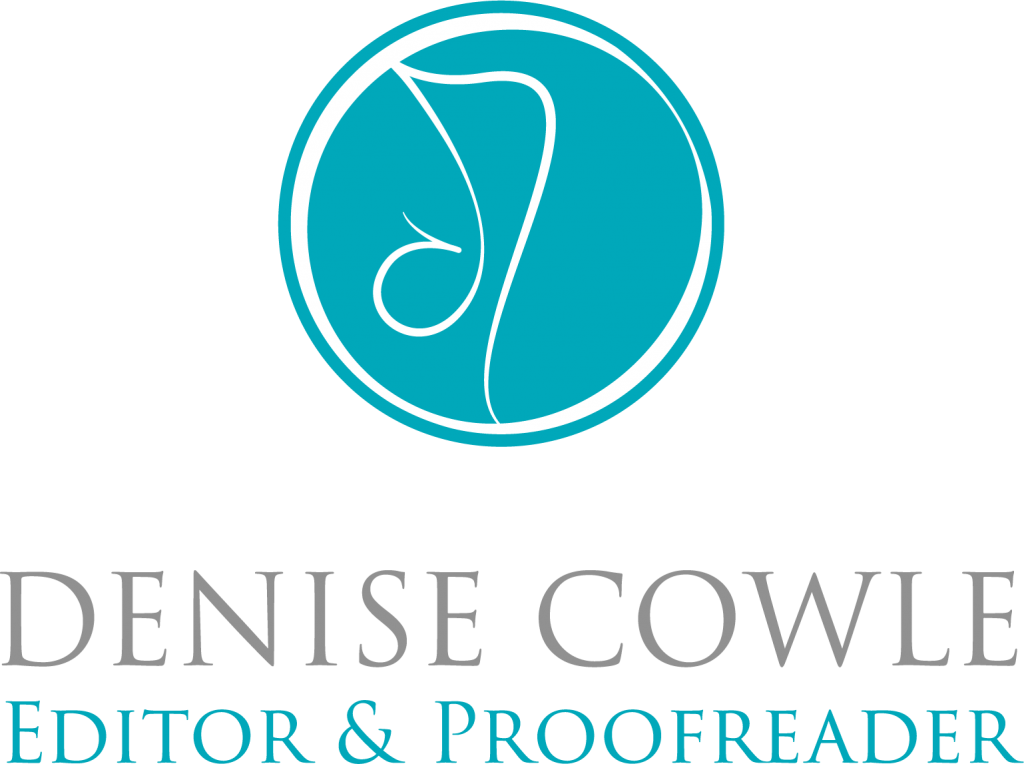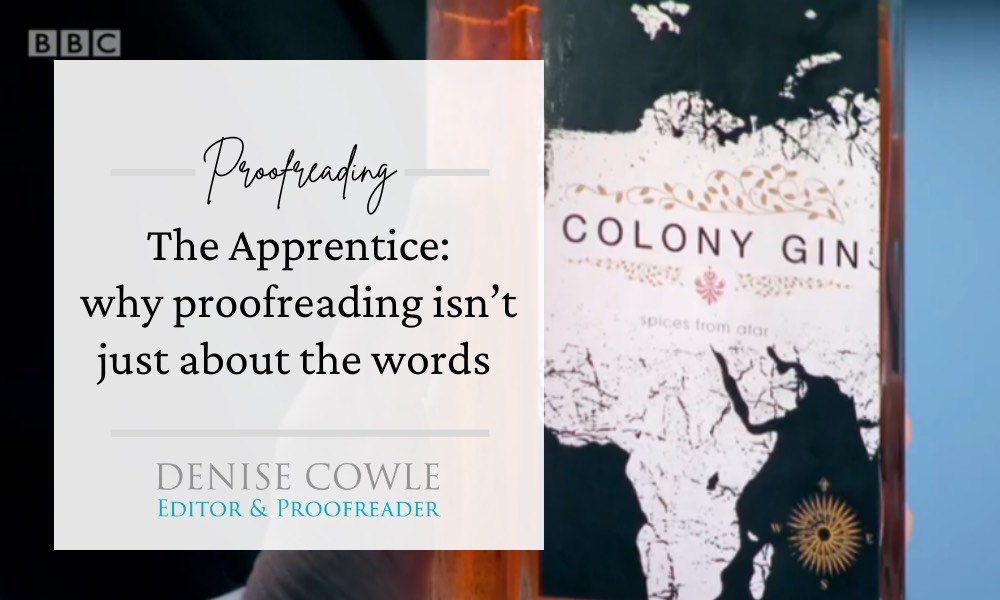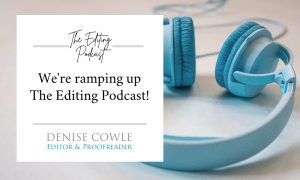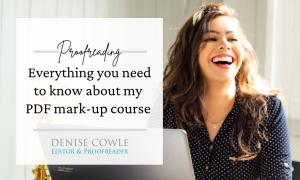It’s happened again.
For the second time in this series, BBC’s The Apprentice has provided me with the perfect example of how a proofreader can save your brand from embarrassment.
A few weeks ago, episode 5 saw one of the teams get the spelling of their product name wrong (see my post The Apprentice: Spotting the spelling error in your marketing copy), but in this week’s episode, ‘Gin’, the problem wasn’t with the words.
Well, not entirely.
Dubious wording, wrong image
Team Titan, (yes, the same team that made the spelling error in episode 5) had social media in an uproar when they chose the name Colony Gin for their product, with people pointing out the inappropriate link to colonialism and slavery.
That’s something that should never have made it past a brainstorming session, never mind onto the label of a bottle of gin.
But the problem that caught my eye this week was the map on the label.
Why don’t these things get checked? Because in The Apprentice speed is of the essence and the teams are under huge pressure to come up with the goods to brutal deadlines. So mistakes get made.
(And, of course, in this particular case, Frances was working with the designer (poor designer – who’d want to work on The Apprentice, with their bonkers ideas?) and couldn’t get hold of Trishna and Grainne, who were ‘testing’ the gin. Nineteen missed calls suggests a bit too much testing went on!)
So, once again, we see the result of facts not being double checked. Frances had total – misplaced – confidence in her mastery of geography (‘I got an A star’, she announced), and didn’t think to look it up, just to be sure.
Look beyond the words. Double check everything.
Proofreaders and editors deal with so much more than words. We also look at any images you use to check they are appropriate and relate to what is said in the text.
If the text on your company website refers to your offices in Seattle, is the accompanying image really the Space Needle, or has someone used a picture of the CN Tower in Toronto by mistake?
In a recent project I worked on, the art brief asked for a full-face picture of a fox, and the picture researcher had supplied a full-face picture of a wolf. A requested image of a traffic jam in Dubai was actually of Beijing. When hundreds of images are in the brief, it’s inevitable that mistakes will happen.
But sometimes the issue isn’t with the words or the text, but with the layout. A proofreader can be the first person after the designer to see how everything sits together. They can spot problems with captioning and positioning which won’t have been obvious when the page was being written.
But for everyone’s sake, not to mention your bottom line, it’s vital to pick up these errors at an early stage, when it’s still easy to make changes.
Not when your website is live, or your labels are on the bottles, or your books on the shelves.
If you don’t have the time, or lack the confidence to check your copy, consider getting professional help to look over your writing before it goes live.
Proofreaders have a good grasp of general knowledge and will query anything that looks suspect. We will either do a quick fact check ourselves, if it’s a straightforward issue that can be clarified online, or we’ll flag it for you to check. For example, if the figures in a table don’t match the accompanying discussion in the text we will ask you to confirm what the correct numbers are.
If you need some ideas for how to proofread your own writing, look up my blog post How to proofread your own writing: Ten tips to clean up your writing for tricks you may not have considered.
And please, the next time you’re using images, charts or tables in your copy, make sure that they are proofread properly too. Your readers will thank you for it!
Do you have any stories about mistakes with pictures or captions that were wrong or inappropriate? What happened and how was it corrected? Why not let me know in the comments?







